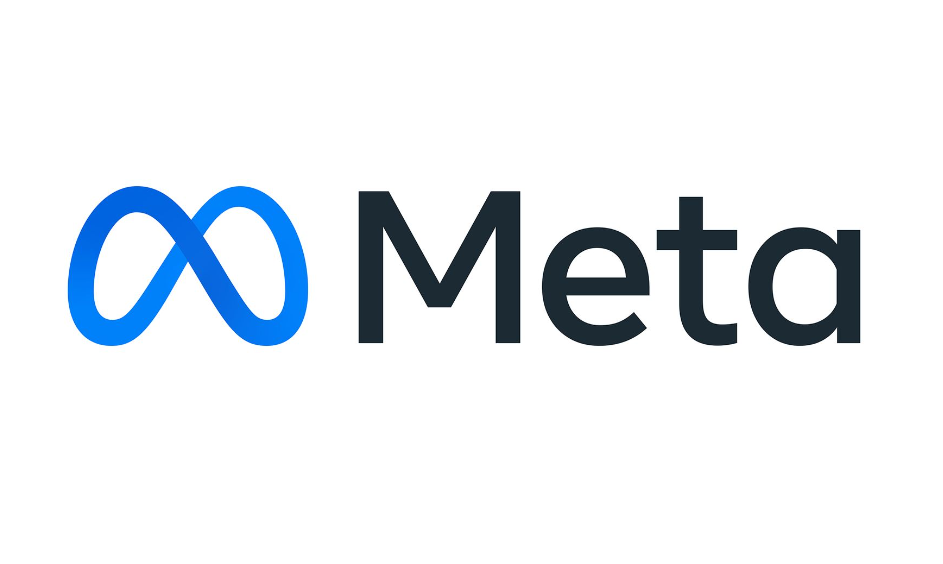MetaIn a statement to Axios on Wednesday, theEuropean UnionDue to unclear regulations, the company will not release its newMultimodal AI ModelThis decision has triggered extensive discussions on the EU’s AI regulatory environment, and also reflects the strategic adjustments made by US technology giants in the face of different regulatory requirements around the world.

Meta's multimodal AI model has the ability to process video, audio, images and text, and was originally planned to be applied to a variety of products, including: 1. Smartphone application 2. Meta Ray-Ban smart glasses
These models have a wide range of potential applications and could significantly improve user experience. However, this decision will restrict European companies from using these models, even under open licenses. This may further affect external companies from providing services based on these models in Europe.
Although the multimodal AI model is not available in Europe yet, Meta plans to release a larger, text-only version of its Llama3 model soon for use by EU customers, a sign that the company is working to find the right balance between regulatory compliance and technological innovation.
Meta's decision is not an isolated case. Recently, Apple also announced that it would not provide its Apple Intelligence features to Europe. This highlights an emerging trend: American technology giants choose to adjust their product and service strategies in the face of Europe's strict technology regulatory environment.
Meta said in a statement: "We will launch the multimodal Llama model in the coming months, but due to the unpredictable European regulatory environment, we will not launch it in the EU." This statement directly points out the core reason for the company's decision-regulatory uncertainty.
This incident will undoubtedly continue to attract the attention of the industry and regulators, and may push the EU to further clarify its AI-related regulations to find an appropriate balance between protecting citizens' rights and promoting technological innovation.